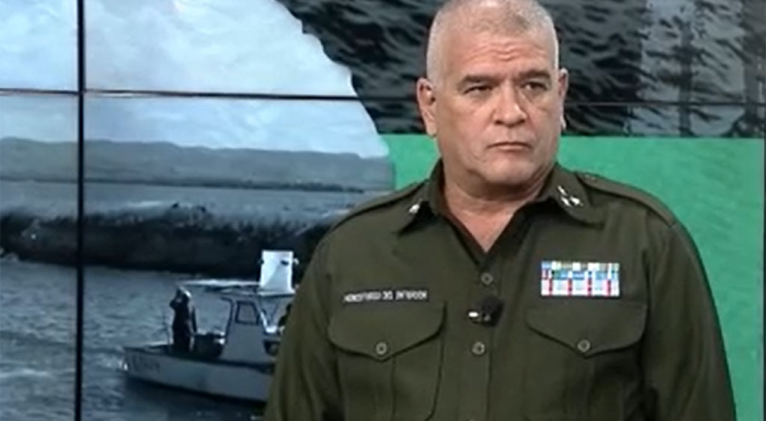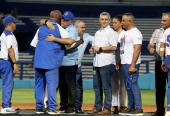Investigation reveals causes of unfortunate maritime accident in Cuba

Havana, Nov 30 (RHC) Investigations released show that the surface unit of Cuba's Border Guard Troops did everything possible to avoid the collision with a speedboat from the United States on October 28.
The analysis of the experts and the evidence shows that the unfortunate incident, in which several people lost their lives, including a minor, was not due to invasive or aggressive actions on the offending vessel, said Interior Ministry, Colonel Victor Alvarez.
In a televised appearance, the second chief of the Specialized Organ of the Criminal Investigation Directorate of that body explained the accident, which occurred in the area of Bahía Honda, Artemisa province (west), as a result of a human trafficking operation organized from the U.S. territory of Miami.
He specified that one of those who were in charge of the boat lost his life and another one is under arrest, and detailed that the vessel used for that purpose had suffered structural transformations.
It was designed to carry six people, he said, and when it was adapted for illegal transportation it lost its safety features, in addition, at the time of the sinking 26 citizens were traveling on it.
The darkness of the night, the swells, and the action taken when the offending boat was discovered by the border guard unit determined the incident.
According to Álvarez, the pirate vessel's navigator, instead of stopping, gave power to his engines and turned sharply to the right in front of the other vessel, to evade identification.
According to the testimonies, at that moment there was a bang, similar to an engine knock, which was perceived by all the travelers.
Despite this, it returned to give power to the engines, even when the people asked it to slow down, the official said.
The expert investigations determined that from that moment on, the offending boat entered into a state of ungovernability, which was felt by those in it and which, at 1.8 miles, caused it to turn sharply to the left and get in the way of the border guard vessel.
The procedures employed by the crew of the Cuban surface unit were determined by the need to avoid collision with the pirate vessel, Alvarez said.
There is no other evidence that the border guard vessel hit the boat from another location or rammed it, as has been misrepresented in several media reports.
There were no invasive or aggressive actions on the offending boat, he emphasized.
Experts from Cuba's Ministry of Interior explain the human smuggling operati
Specialists of the Cuban Ministry of the Interior provided detailed information on a human trafficking incident and the collision between a boat from the United States and a surface unit of the Border Guard Troops.
The experts, interviewed during a special TV program, recalled that in the clarification of the incident which occurred last October 28 in the locality of Bahía Honda, in the western province of Artemisa, the criminalistic technique was used and its first object of analysis was the offending vessel.
According to lieutenant colonel Libán Rodríguez, the first expert of the Minint, the rescuers went to the scene, made video recordings and transferred the boat to the site where it was inspected, and clarified the fulfillment of the chain of custody of the traces.
The technician also mentioned the modifications made to the Concorde model boat, built in 1989, among them an inboard engine, the dismantling of the original deck, and the construction of another one below the waterline, which weakened the structure.
They also extended the stern, removed its factory engine, and fitted it with two outboard engines, each with 200 horsepower, "a substantial increase in power, higher fuel consumption and performance".
All this, Rodriguez argued, is to increase the load capacity outside the parameters for which it was designed and to increase the navigation speed.
"Associated with this event we appreciated a single transological footprint on the offending boat, reflected in damage to the left side of the vessel, the port side. There is a crack in an area of about 15 centimeters on the outside of the hull," he said.
In the case of the Border Guard Troops boat, also the object of investigation, it exhibits linear traces, and loss of material, without the permanence of volumetric traces or deformation.
During the explanation of this event, in which seven people died, authorities and specialists of the Cuban Maritime Association also intervened (Source: Prensa Latina).














Add new comment